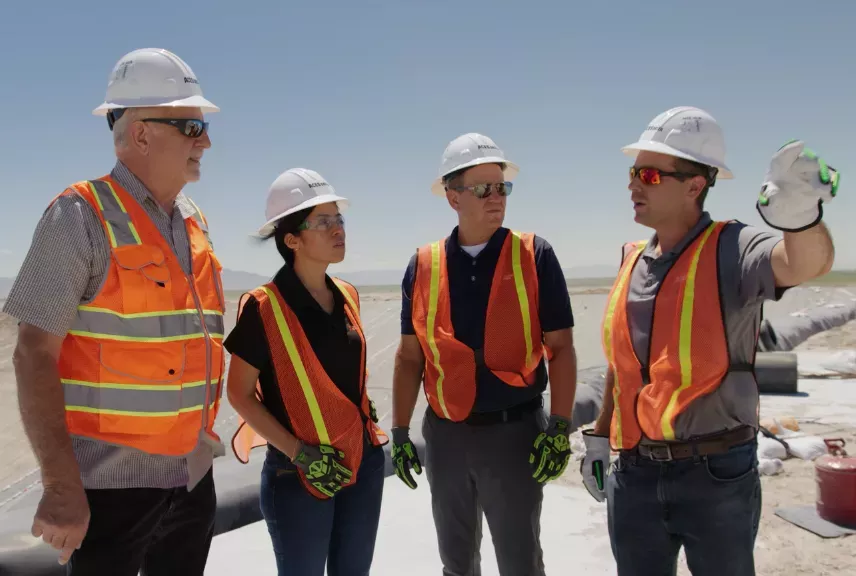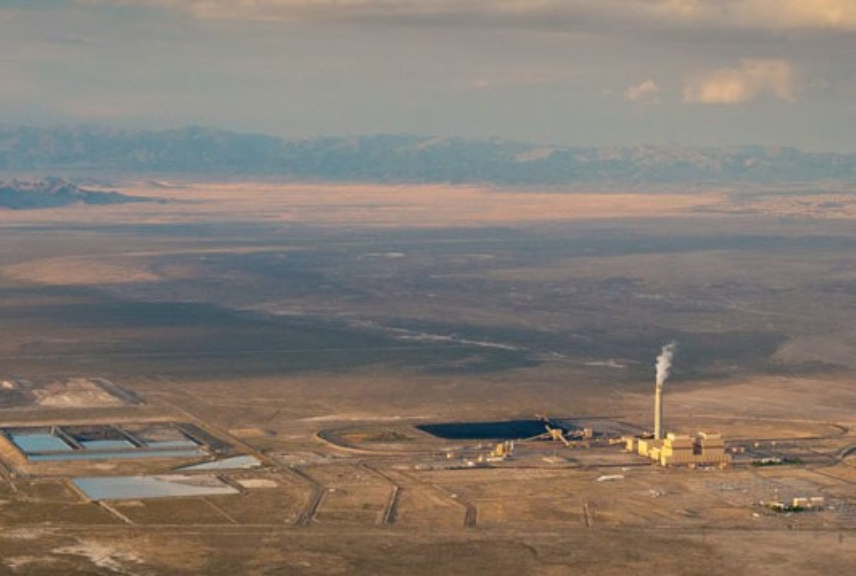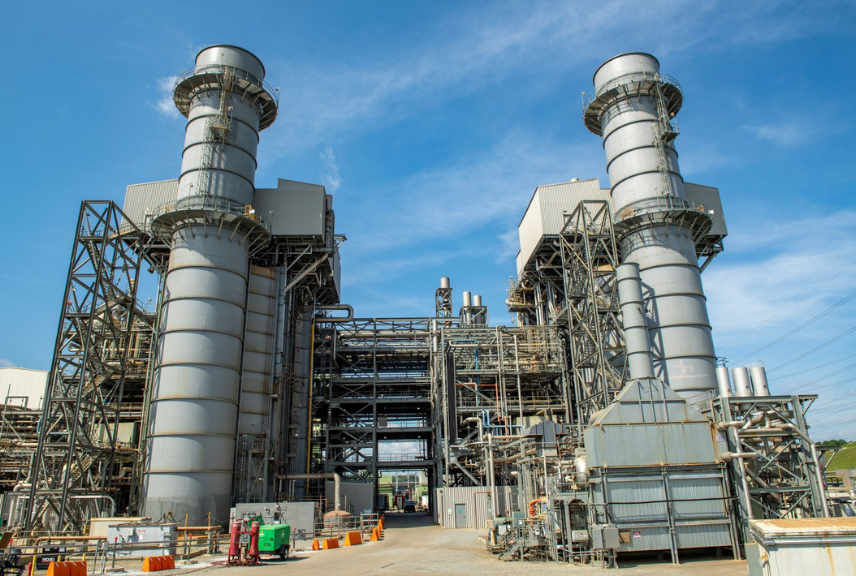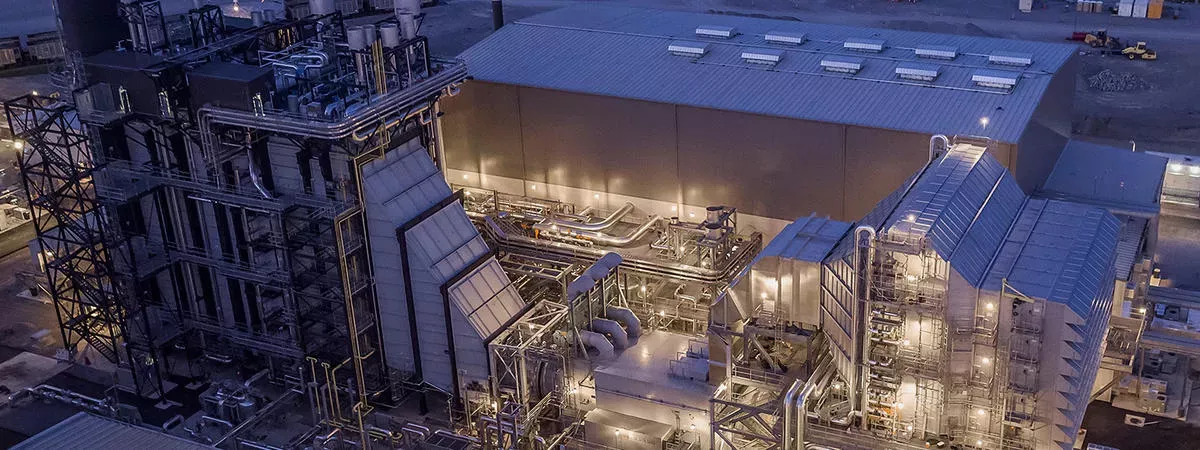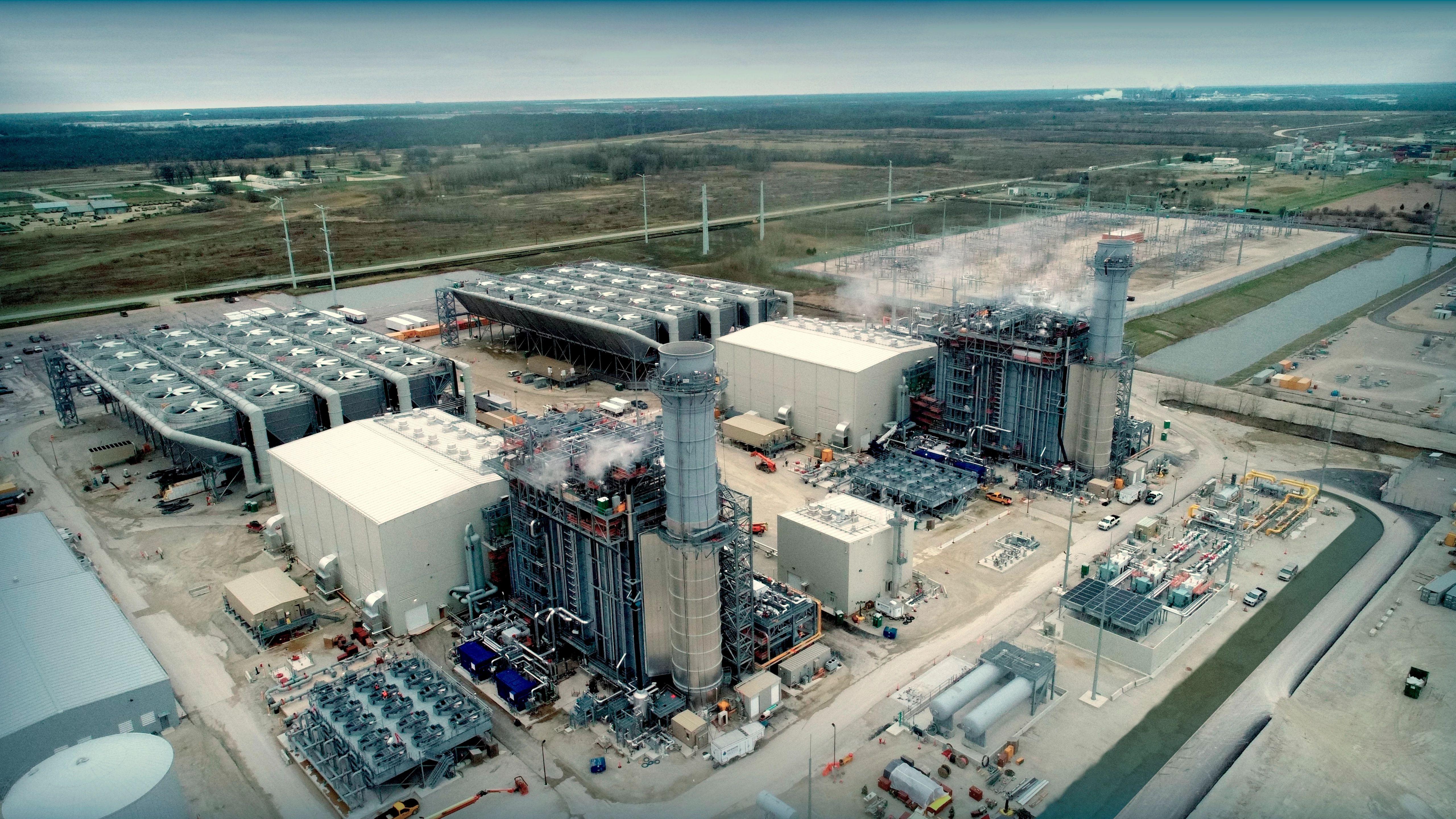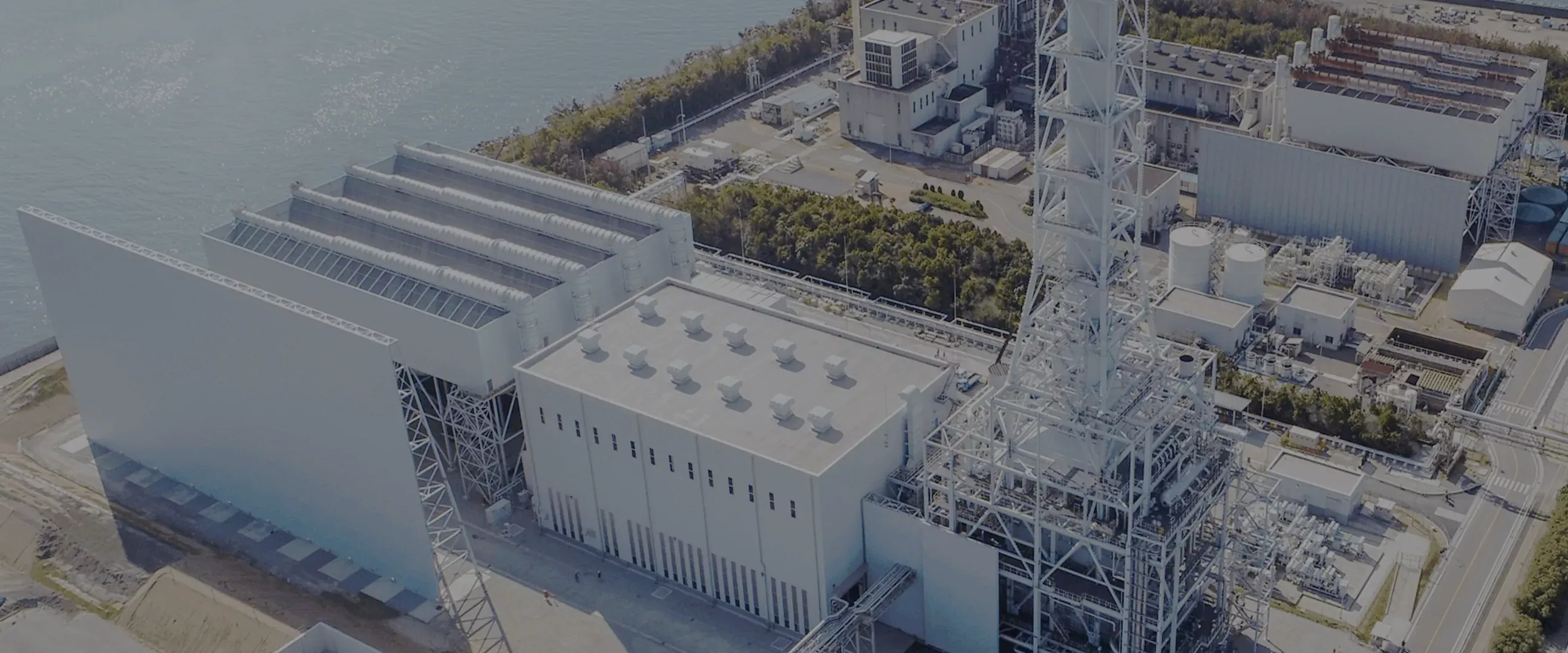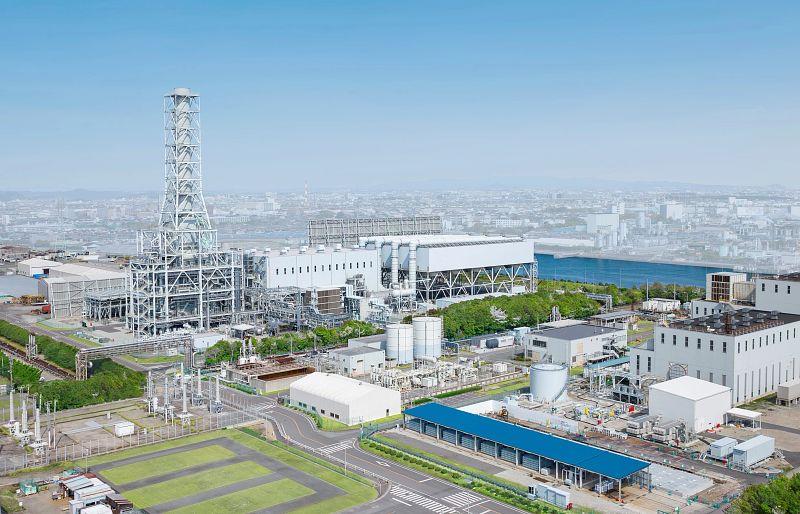Get a closer look at how we’re helping to build the hydrogen infrastructure of tomorrow through our work at the Advanced Clean Energy Storage project. Located in Delta, Utah, ACES Delta will be a large renewable energy storage facility capable of decarbonizing the western United States and supporting the seamless integration of hydrogen into existing energy systems.
- Client: Intermountain Power Agency (IPA)
- Location: Delta, Utah
- Scope: Hydrogen Energy Storage
Client : Intermountain Power Agency (IPA)
Location : Utah
Scope : M501JAC Gas Turbines
Client : Georgia Power
Location : Smyrna, Georgia
Scope : Six M501G Gas Turbines and three Steam Turbines
Client : Grand River Dam Authority (GRDA)
Location : U.S. (Oklahoma)
Scope : M501J gas turbines
Client : Geotérmica para el Desarrollo S.A.P.I. de C.V. (GEODESA)
Location : Mexico (Nayarit)
Scope : Steam Turbines, TOMONI® Suite of intelligent solutions
Client : Jackson Generation
Location : Elwood, Illinois
Scope : M501 JAC
Client : Capital Power Corporation
Location : Canada (Alberta)
Scope : M501JAC gas turbines
Validating our technology
Client : Mitsubishi Power
Location : Hyogo Prefecture, Japan
Scope : JAC Gas Turbine & TOMONI Intelligent Solutions
Location : H-25 gas turbine, TOMONI®
Scope : JAC Gas Turbine & TOMONI Intelligent Solutions
Step into the Future of Power Generation
Want to learn more about Mitsubishi Power Americas? Contact us today.
Contact Us

